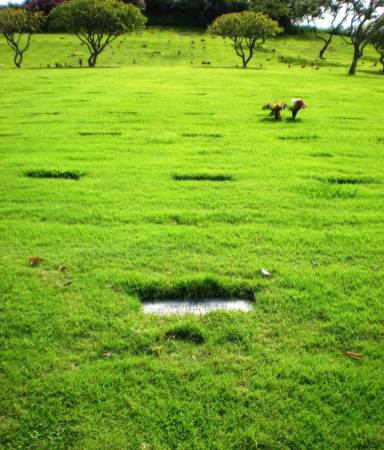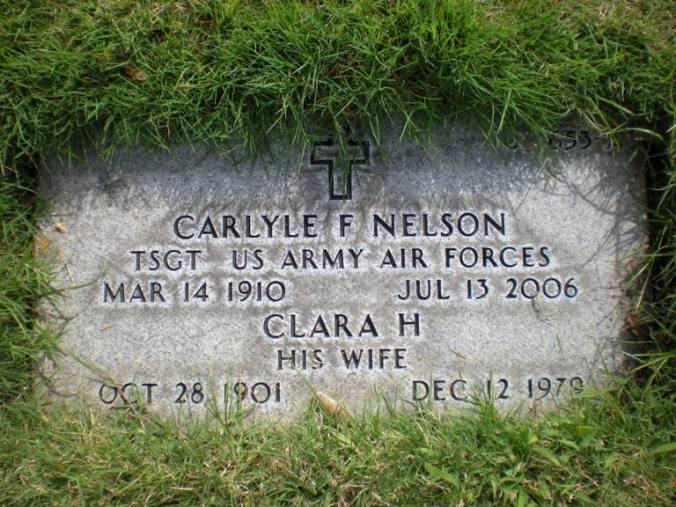To help tell the story of Hale O Keawe, the following includes quotes from John Papa ʻĪʻi (who became an attendant of Kamehameha I and later a companion and personal attendant to Liholiho (later King Kamehameha II,)) William Ellis (missionary who circled the island of Hawaiʻi in 1823) and Hiram Bingham (missionary.)
“The Hale O Keawe in Honaunau was called Ka-iki-ʻAlealea (The little ʻAlealea,) and was a puʻuhonua. Kaikiholu and Pakaʻalana on Hawaii, Kakaʻe in ʻIao, Maui; Kūkaniloko in Wahiawa, Oʻahu; and Holoholoku in Wailua, Kauaʻi, were also places to which one who had killed could run swiftly and be saved.”
“The person whose writing this is often went about them, including the Hale O Keawe. He has seen this house (hale ʻaumakua iwi) where the bones were deposited, standing majestically on the left (or south) side of Akahipapa.”
“The house stood by the entrance of a wooden enclosure, with door facing inland towards the farming lands of South Kona.”
“The heir to the kingdom entered the Hale O Keawe during his journey around to the various luakini heiau of Kanoa in Hilo, Wahaʻula in Puna, and Punaluʻu in Kaʻū. The journey began in Kailua, thence to Kawaihae and from there on around the island to the Hale O Keawe.“
“The appearance of the house was good. Its posts and rafters were of kauila wood, and it was said that this kind of timber was found in the upland of Napu’u. It was well built, with crossed stems of dried ti leaves, for that was the kind of thatching used.”
“The appearance inside and outside of the house was good to look at. The compact bundles of bones (pukuʻi iwi) that were deified (hoʻokuaʻia) were in a row there in the house, beginning with Keawe’s near the right side of the door by which one went in and out, and going to the spot opposite the door (kuʻono).”
“At the right front corner of the house where the unwrapped bones of those who had died in war, heaped up like firewood. In that pile of bones were the bones of Nahiolea, father of M Kekūanāoʻa. The person whose writing this is saw his own father remove his tapa shoulder covering and place it on a bundle among the other bundles of bones. He must have asked the caretaker about all of them and their names, and they were told to him. That was why he did so.”
“When the writer saw his father doing this he asked, ‘Have we a near kinsman in this house?’ His father assented. There are some people who have relatives in this house of ‘life’, but perhaps most of them are dead. The chiefs were descended from Hāloa and so were their retainers (kauwa kupono). The chiefs were born, such as Lono-i-ka-makahiki and Kama-lala-walu and so on down, and so were the retainers (i.e., the junior members of the family.)”
“After the chief ʻIolani (Liholiho) had finished his visit to the house, a pig was cooked and the gathering sat to worship (hoʻomana) the deified persons there. When that was done, the chief and those who went in with him ate together. After the eating was over, the kapu was removed. The travellers left the Hale O Keawe and sailed by canoe, landing at Kamakahonu in Kailua in the evening. There they met Kamehameha. That must have been in the year 1817.” (John Papa ʻĪʻi)
A few years later (1823,) William Ellis and others visited Honaunau and Hale O Keawe. Ellis documented this, noting, “Honaunau, we found, was formerly a place of considerable importance, having been the frequent residence of the kings of Hawaii, for several successive generations.”
“The monuments of the ancient idolatry, with which this place abounds, were, from some cause unknown to us, spared, amidst the general destruction of the idols, &c. that followed the abolition of the aitabu, in the summer of 1819.”
“The principal object, that attracted our attention, was the ‘hare o Keave’ (house of Keawe,) a sacred depository of the bones of departed kings and princes, probably erected as a depository for the bones of the king whose name it bears, and who reigned in Hawaii, about eight generations back.”
“It is a compact building, 24 feet by 16, constructed with the most durable timber, and thatched with ti leaves, standing on a bed of lava, which runs out a considerable distance into the sea. It is surrounded by a strong fence, or paling, leaving an area in the front and at each end, about twenty-four feet wide, paved with smooth fragments of lava laid down with considerable skill.”
“Several rudely carved male and female images of wood were placed on the outside of the enclosure; some on low pedestals, under the shade of an adjacent tree; others on high posts, on the jutting rocks that hung over the edge of the water.”
“A number stood on the fence at unequal distances all around; but the principal assemblage of these frightfull representatives of their former deities, was at the south-east end of the enclosed space, where, forming a semicircle, twelve of them stood in grim array, as if perpetual guardians of ‘the mighty dead’ reposing in the house adjoining.”
“A pile of stones was neatly laid up in the form of a crescent, about three feet wide, and two feet higher than the pavement, and in this pile the images were fixed. They stood on small pedestals three or four feet high, though some were placed on pillars eight or ten feet in height, and curiously carved.”
“The principal idol stood in the centre, the others on either hand, the most powerful being placed nearest to him. He was not so large as some of the others, but was distinguished by the variety and superior carving of his body, and especially of his head.”
“Once they had evidently been clothed, but now they appeared in the most indigent nakedness. A few tattered shreds round the neck of one that stood on the left hand side of the door, rotted by the rain, and bleached by the sun, were all that remained of numerous and gaudy habiliments, with which their votaries had formerly arrayed them.”
“A large pile of broken calabashes and cocoanut shells Jay in the centre, and a considerable heap of dried and partly rotten wreaths of flowers, branches of shrubs and hushes, and fragments of tapa, (the accumulated offerings of former days,) formed an unsightly mound immediately before each of the images.”
“The horrid stare of these idols, the tattered garments upon some of them, and the heaps of rotting offerings before them, seemed to us no improper emblems of the system they were designed to support; distinguished alike by its cruelty, folly, and wretchedness.”
“…we looked in and saw many large images, some of wood very much carved, others of red feathers, with widely distended mouths, large rows of sharks teeth, and glaring pearl-shell eyes.”
“We also saw several bundles of .human bones, cleaned, carefully tied up, and placed in different parts of the house, together with some rich shawls and other valuable articles, probably worn by those, to whom the bones belonged, as the wearing apparel, and other personal property of the chiefs, is generally buried with them.”
“Adjoining the Hare O Keave, to the southward, we found a pahu tabu (sacred inclosure) of considerable extent; and were informed by our guide, that it was one of the pohonuas of Hawaii, of which we had so often heard the chiefs and others speak. There are only two on the island, the one, which we were then examining, and another at Waipiʻo, on the north-east part of the island, in the district of Kohala.”
ʻThe zeal of Kaʻahumanu led her as early as 1829 to visit the Hale O Keawe at Honaunau, a cemetery associated with dark superstitions, and surrounded with horrid wooden images of former generations. The regent visited the place not to mingle her adorations with her early contemporaries and predecessors to the relics of departed mortals, but for the purpose of removing the bones of twenty-four deified kings and princes of the Hawaiian race….” (Bingham)
“… when she saw it ought to be done, she determined it should be done: and in company with Mr. Ruggles and Kapiolani, she went to the sacred deposit, and caused the bones to be placed in large coffins and entombed in a cave in the precipice at the head of Kealakekua Bay.” (Bingham)
Hale O Keawe is part of the Puʻuhonua O Hōnaunau National Historical Park, originally established in 1955 as City of Refuge National Historical Park (renamed on November 10, 1978.)









































